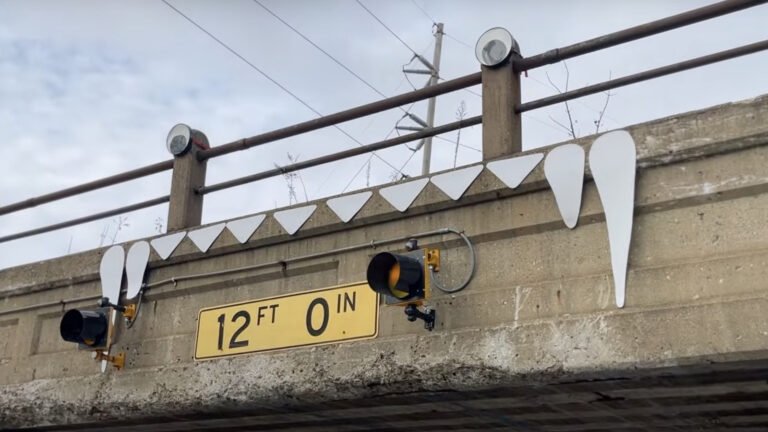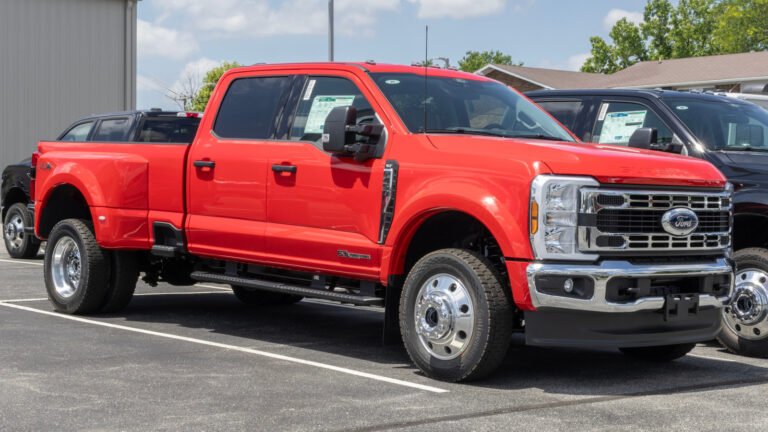
Stellantis is recalling more than 219,000 vehicles in the United States because the rear-view camera can simply stop working and show nothing just when you’re backing toward your neighbor’s trash cans.
The recall covers high-volume workhorses the Ram ProMaster (over 141,000 vehicles affected) and almost 78,000 Dodge Journey SUVs. A physical fixe is required at dealerships rather than a convenient software update. For a safety feature that’s federally mandated and about as optional as gravity, that’s not a great look.

The Pattern That Won’t Go Away
If you’re getting déjà vu, you’re not alone. Only weeks ago the company disclosed another safety campaign, this time over 121,000 Jeep Grand Cherokees tied to a critical bit of safety kit. Last year brought a much wider clean-up involving rear-view systems across multiple brands.
When you start stacking recalls this closely, it stops feeling like bad luck and starts looking like a process problem. Customers notice, dealers groan, and the brand equity that took decades to build disappears faster than the camera image on a faulty screen.
Copyright 2014 Brandon Turkus / AOL
Money, Tariffs, And A Course Correction
The timing couldn’t be worse. Stellantis just posted a $2.7 billion quarterly loss as tariffs bite, and even pulled its full-year forecast to keep investors from freaking out. Recalls don’t just burn money on parts and labor — they jam up service bays, annoy loyal buyers, and drag down resale values.
Meanwhile, there’s a different story unfolding in Europe. The company is trying to steady the ship not just financially but creatively. Luring designer Gilles Vidal to run European design is a clear signal, that while the accountants patch the balance sheet, the next wave of cars still needs to turn heads and win buyers on its own merits.

Why It Matters Right Now
Rear-view cameras are a part of the safety gear drivers use every day, whether it’s easing a van through a crowded jobsite, backing out of a driveway, or squeezing an SUV into a tight parking spot. When that system cuts out, even sporadically, it plants doubt in the driver’s mind, and once that doubt is there it tends to spread beyond the camera to the rest of the vehicle.
For Stellantis, the financial hit from recalls is real, but the larger risk is losing the trust of the people who depend on these vehicles to simply do their jobs without fuss. Fleet operators need uptime, tradespeople can’t afford surprises, and families don’t want to wonder if their SUV’s safety equipment will function when it matters. If confidence slips, buyers will start drifting toward rivals, and those rivals will be more than happy to take the business.
The company still has room to turn the story around if it can solve the underlying problem and show that its fixes are durable, while also keeping the design momentum it’s trying to build in Europe. In that scenario the headlines fade and the focus shifts back to new products. But if the stumbles continue, the damage to trust will linger far longer than any single recall.


